1. Safety Features for a Child-Friendly Kitchen Design
Cooking and spending time in the kitchen can be a fun and educational experience for children. However, it's important to prioritize safety when designing a kitchen that is child-friendly. This means incorporating features that will prevent accidents and make it easier for parents to supervise their little ones in the kitchen.
Some key safety features to consider include installing cabinet and drawer locks to keep hazardous items out of reach, using stove guards to prevent burns, and covering electrical outlets to avoid shocks. It's also important to have a fire extinguisher and a first aid kit easily accessible in case of emergencies. By taking these precautions, you can create a safe and secure environment for your child in the kitchen.
2. How to Create a Kid-Friendly Kitchen
Designing a kid-friendly kitchen doesn't mean sacrificing style or functionality. In fact, with a little creativity, you can create a space that is both safe and enjoyable for children. Start by choosing durable and easy-to-clean materials such as laminate or quartz for countertops, and hardwood or tile for flooring. These options are not only practical but also come in a variety of colors and styles to match your design aesthetic.
Consider installing lower countertops and shelves so that children can easily reach items without needing a stool or chair. You can also incorporate fun and playful elements such as chalkboard paint on the walls or cabinets for your child to draw on, or a designated area for them to display their artwork. By involving your child in the design process, you can create a space that they will love spending time in.
3. Designing a Kitchen with Children in Mind
When designing a kitchen with children in mind, it's important to think about their needs and how they will use the space. This means considering their height, reach, and interests. For example, if your child loves helping out in the kitchen, you can install a lower sink for them to wash dishes or a pull-out step stool for them to reach the counter. If they enjoy baking, you can create a designated baking station with lower shelves for storing ingredients and utensils.
It's also important to think about the flow of the kitchen and how your child will move around in the space. Make sure there is enough room for them to move freely and consider adding soft, rounded edges on countertops and cabinets to prevent injuries. By designing with your child's needs in mind, you can create a functional and safe kitchen for the whole family to enjoy.
4. Tips for a Child-Safe Kitchen Layout
The layout of your kitchen can play a big role in creating a child-safe environment. When planning your kitchen layout, consider the work triangle – the distance between the sink, stove, and refrigerator. This layout allows for easy movement and reduces the risk of accidents while cooking. You can also create a separate area for your child to sit and do homework or play while you prepare meals, keeping them away from the cooking area.
Another tip is to avoid placing the stove or oven near high-traffic areas or where your child may be playing. This will prevent them from accidentally coming into contact with hot surfaces. It's also a good idea to keep sharp objects and heavy pots and pans in lower cabinets or out of reach to avoid any accidents. By carefully planning your kitchen layout, you can create a safe and functional space for your child to be in.
5. Incorporating Child-Friendly Storage Solutions in Your Kitchen
Storage is a key element in any kitchen, but when designing for children, it's important to consider their needs as well. Instead of traditional cabinets, consider using open shelving or pull-out drawers for easy access. You can also install lower cabinets with sliding or pull-out trays, making it easier for your child to reach items without needing help.
For smaller items such as utensils and spices, consider using clear storage containers or labels to help your child easily find what they need. This will also encourage them to be more independent in the kitchen. Additionally, you can incorporate fun and colorful storage solutions, such as bins or baskets, to make organizing more enjoyable for your child.
6. The Importance of Non-Toxic Materials in a Child-Friendly Kitchen
Children are more vulnerable to the effects of chemicals and toxins, so it's important to prioritize non-toxic materials when designing a child-friendly kitchen. Look for cabinets and countertops that are made from eco-friendly and non-toxic materials, such as bamboo or recycled glass. These options not only reduce the exposure of harmful chemicals but also contribute to a more sustainable environment.
When choosing kitchen appliances, opt for ones that are energy-efficient and have safety features such as automatic shut-off to prevent accidents. You can also use non-toxic cleaning products and store them in a designated area out of reach from your child. By using non-toxic materials and products, you can create a healthier and safer environment for your child in the kitchen.
7. Creating a Playful and Functional Kitchen for Kids
Designing a kitchen that is both functional and enjoyable for kids is all about finding a balance between practicality and playfulness. One way to do this is by incorporating elements that can serve multiple purposes. For example, a kitchen island can double as a space for your child to do homework or play, while also providing extra storage and counter space for cooking.
You can also add a chalkboard or magnetic board on the fridge or wall for your child to draw on or display their artwork. Additionally, consider using bright and cheerful colors in your kitchen design to make the space more inviting for children. By creating a playful and functional kitchen, you can make cooking and spending time in the kitchen a fun experience for the whole family.
8. Child-Proofing Your Kitchen: Essential Steps to Take
Child-proofing your kitchen is essential to ensure the safety of your child. This means taking precautions to prevent accidents and injuries. In addition to installing safety features, such as cabinet locks and stove guards, it's important to regularly check for potential hazards and make necessary adjustments.
Some additional steps you can take to child-proof your kitchen include securing any loose cords or wires, keeping cleaning products and sharp objects out of reach, and using non-slip mats under rugs to prevent slips and falls. It's also important to educate your child on kitchen safety rules and supervise them while they are in the kitchen. By taking these essential steps, you can create a safe and child-friendly kitchen environment.
9. Designing a Kitchen Island with Kids in Mind
A kitchen island is a versatile and functional addition to any kitchen, especially when you have children. When designing a kitchen island with kids in mind, consider incorporating features that will make it more user-friendly for them. This could include adding lower countertops and shelves, rounded edges, and a designated area for them to sit and help with meal prep.
You can also add a sink or stovetop to the island, making it easier for your child to participate in cooking activities. Another idea is to include a built-in dining area on one side of the island, so your child can have a designated space to eat and do activities while you cook. By designing a kitchen island with your child in mind, you can create a space that is both functional and enjoyable for the whole family.
10. How to Make Your Kitchen a Safe and Fun Space for Kids
In conclusion, designing a child-friendly kitchen is all about finding a balance between safety and fun. By incorporating safety features, child-proofing your kitchen, and considering your child's needs and interests, you can create a space that is both safe and enjoyable for them. Remember to involve your child in the design process and regularly check for potential hazards to ensure their safety. With these tips, you can make your kitchen a safe and fun space for kids to learn and grow in.
Creating a Safe and Functional Kitchen for Children

Designing a Child-Friendly Kitchen
 When designing a kitchen, it's important to consider the safety and functionality for everyone who will be using the space. This is especially true when it comes to children, who are naturally curious and may not always understand potential hazards in the kitchen. As a parent or caregiver, it's important to create a kitchen that is both safe and inviting for children to be in. Here are some tips for designing a child-friendly kitchen that will not only keep your little ones safe, but also allow them to participate in meal prep and other activities.
When designing a kitchen, it's important to consider the safety and functionality for everyone who will be using the space. This is especially true when it comes to children, who are naturally curious and may not always understand potential hazards in the kitchen. As a parent or caregiver, it's important to create a kitchen that is both safe and inviting for children to be in. Here are some tips for designing a child-friendly kitchen that will not only keep your little ones safe, but also allow them to participate in meal prep and other activities.
Functional Layout
 One of the key elements in a child-friendly kitchen is a functional layout. This means ensuring that the space is well-organized and easy to navigate for both adults and children. Consider installing lower countertops and cabinets to allow children to reach items easily and safely. Additionally, design the layout with a flow that allows for multiple people to move around and work in the kitchen without getting in each other's way.
Child-Proofing
is also a crucial aspect of a child-friendly kitchen. This can include installing safety locks on cabinets and drawers, using stove knob covers, and placing child-proof latches on appliances. It's important to secure any potentially dangerous items, such as cleaning supplies, in cabinets that are out of reach of children. This will help prevent accidents and allow you to have peace of mind while your children are in the kitchen.
One of the key elements in a child-friendly kitchen is a functional layout. This means ensuring that the space is well-organized and easy to navigate for both adults and children. Consider installing lower countertops and cabinets to allow children to reach items easily and safely. Additionally, design the layout with a flow that allows for multiple people to move around and work in the kitchen without getting in each other's way.
Child-Proofing
is also a crucial aspect of a child-friendly kitchen. This can include installing safety locks on cabinets and drawers, using stove knob covers, and placing child-proof latches on appliances. It's important to secure any potentially dangerous items, such as cleaning supplies, in cabinets that are out of reach of children. This will help prevent accidents and allow you to have peace of mind while your children are in the kitchen.
Inviting Design
 While safety is the top priority, it's also important to make the kitchen a welcoming space for children. Consider incorporating bright colors and fun patterns into the design to make the space more inviting. You can also involve your children in the design process by allowing them to choose a few elements, such as a fun backsplash or colorful cabinet knobs. This will not only make the kitchen more enjoyable for children, but it will also help them feel like they have a say in the design of their home.
Child-friendly Features
are also important to consider when designing a kitchen for children. This can include a child-sized table and chairs for them to use while they help with meal prep, a designated area for art and crafts, or a low-hanging fruit basket for them to easily grab healthy snacks. These features will not only make the kitchen more functional for children, but they will also encourage them to be more involved in meal preparation and clean-up.
In conclusion, a child-friendly kitchen is a balance between safety and functionality, while also incorporating elements that make the space inviting for children. By considering the layout, child-proofing, and incorporating child-friendly design features, you can create a kitchen that is not only safe for your little ones, but also allows them to be more involved in household activities. Remember to always supervise children in the kitchen and teach them about kitchen safety, and with these tips, you can create a space that your whole family will love.
While safety is the top priority, it's also important to make the kitchen a welcoming space for children. Consider incorporating bright colors and fun patterns into the design to make the space more inviting. You can also involve your children in the design process by allowing them to choose a few elements, such as a fun backsplash or colorful cabinet knobs. This will not only make the kitchen more enjoyable for children, but it will also help them feel like they have a say in the design of their home.
Child-friendly Features
are also important to consider when designing a kitchen for children. This can include a child-sized table and chairs for them to use while they help with meal prep, a designated area for art and crafts, or a low-hanging fruit basket for them to easily grab healthy snacks. These features will not only make the kitchen more functional for children, but they will also encourage them to be more involved in meal preparation and clean-up.
In conclusion, a child-friendly kitchen is a balance between safety and functionality, while also incorporating elements that make the space inviting for children. By considering the layout, child-proofing, and incorporating child-friendly design features, you can create a kitchen that is not only safe for your little ones, but also allows them to be more involved in household activities. Remember to always supervise children in the kitchen and teach them about kitchen safety, and with these tips, you can create a space that your whole family will love.



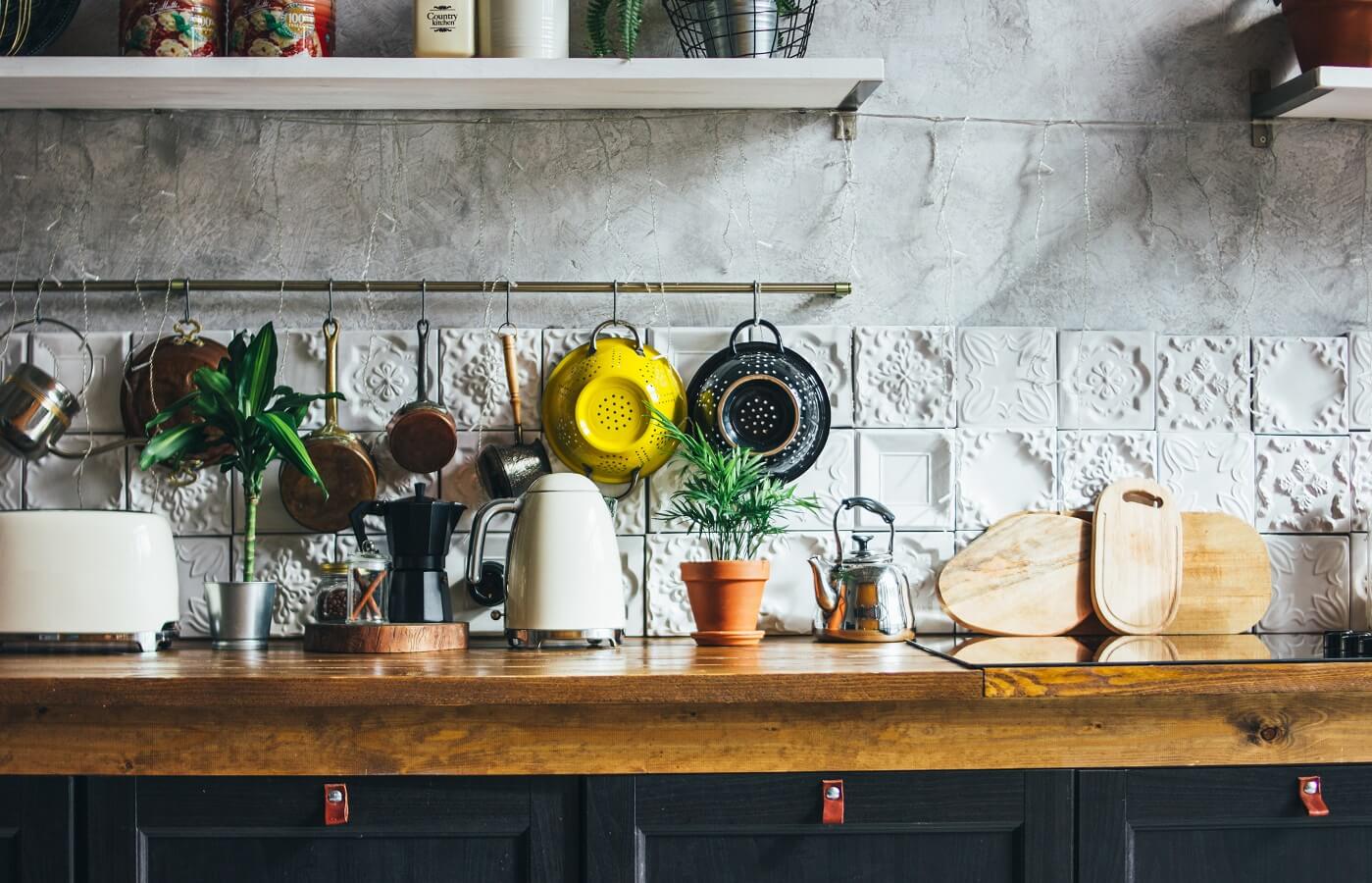



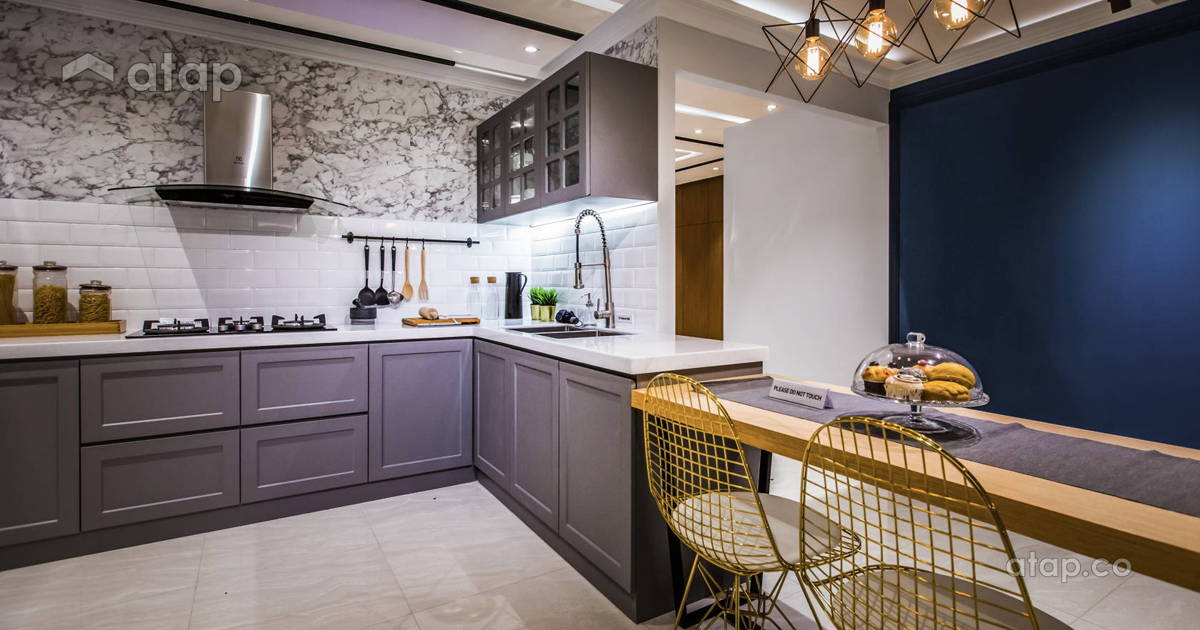





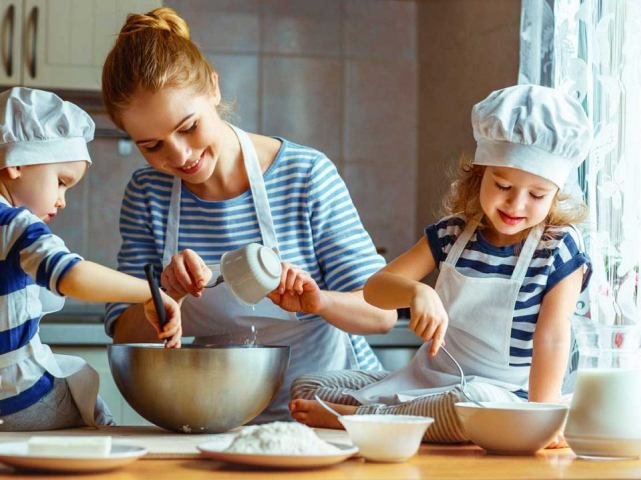















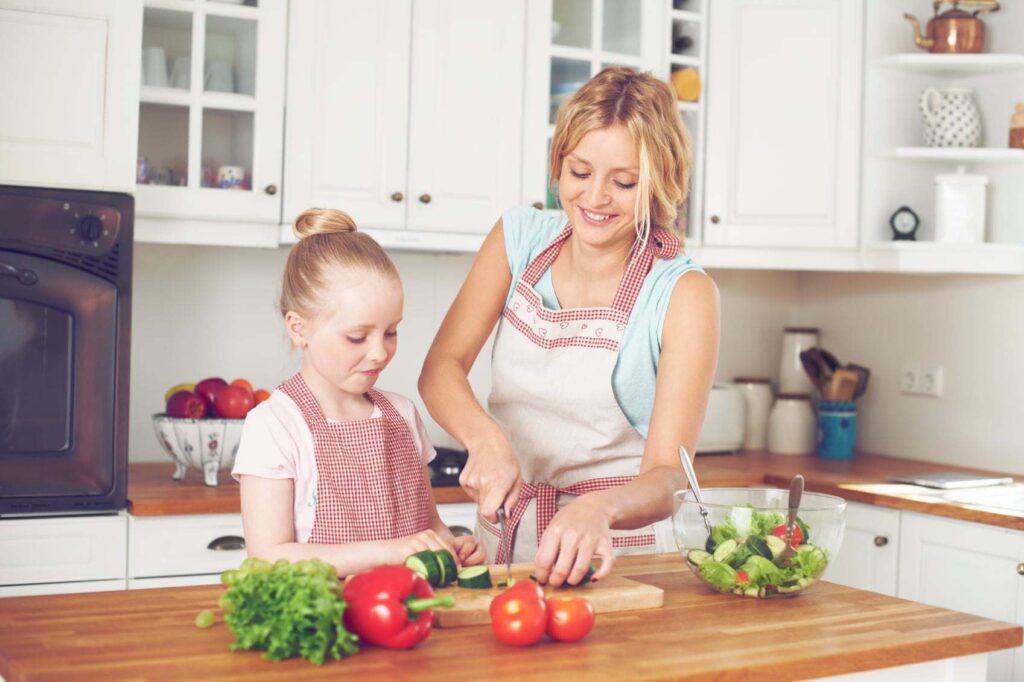

:max_bytes(150000):strip_icc()/3dream-585045f65f9b58a8cd017a9a-5bf8305dc9e77c0058d35fbc.png)




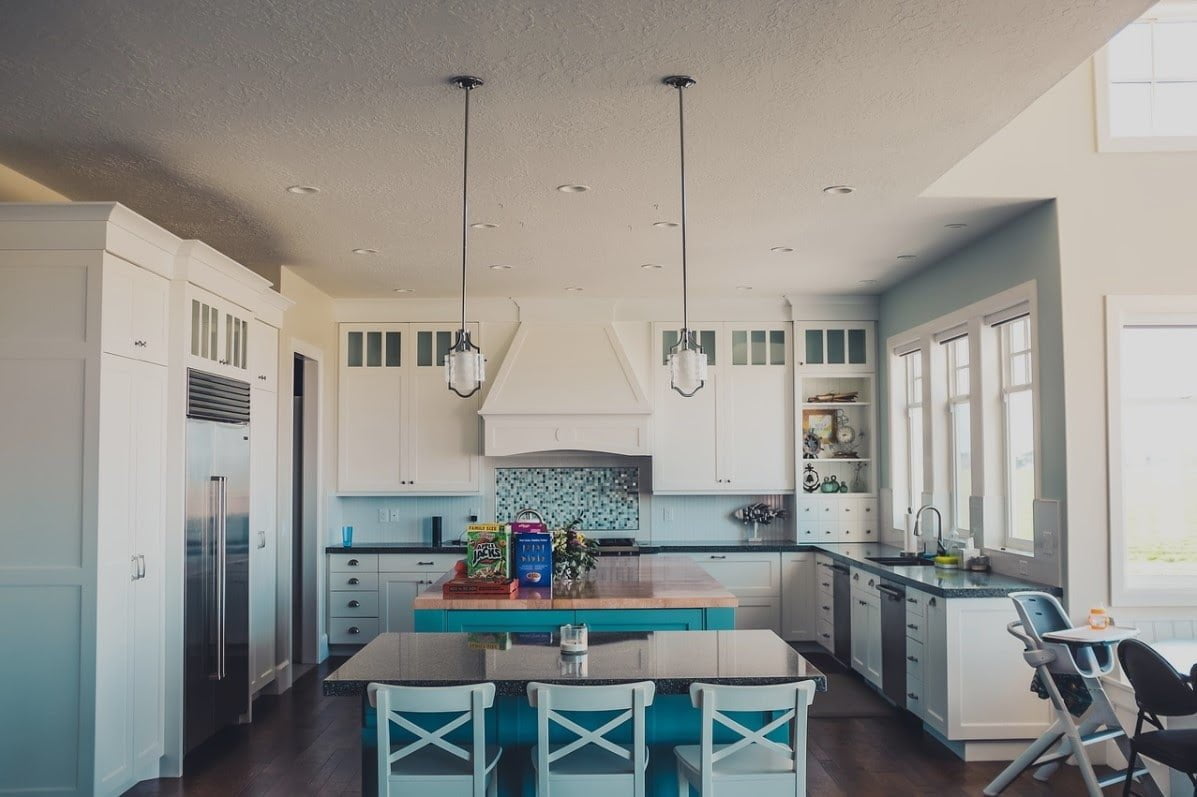


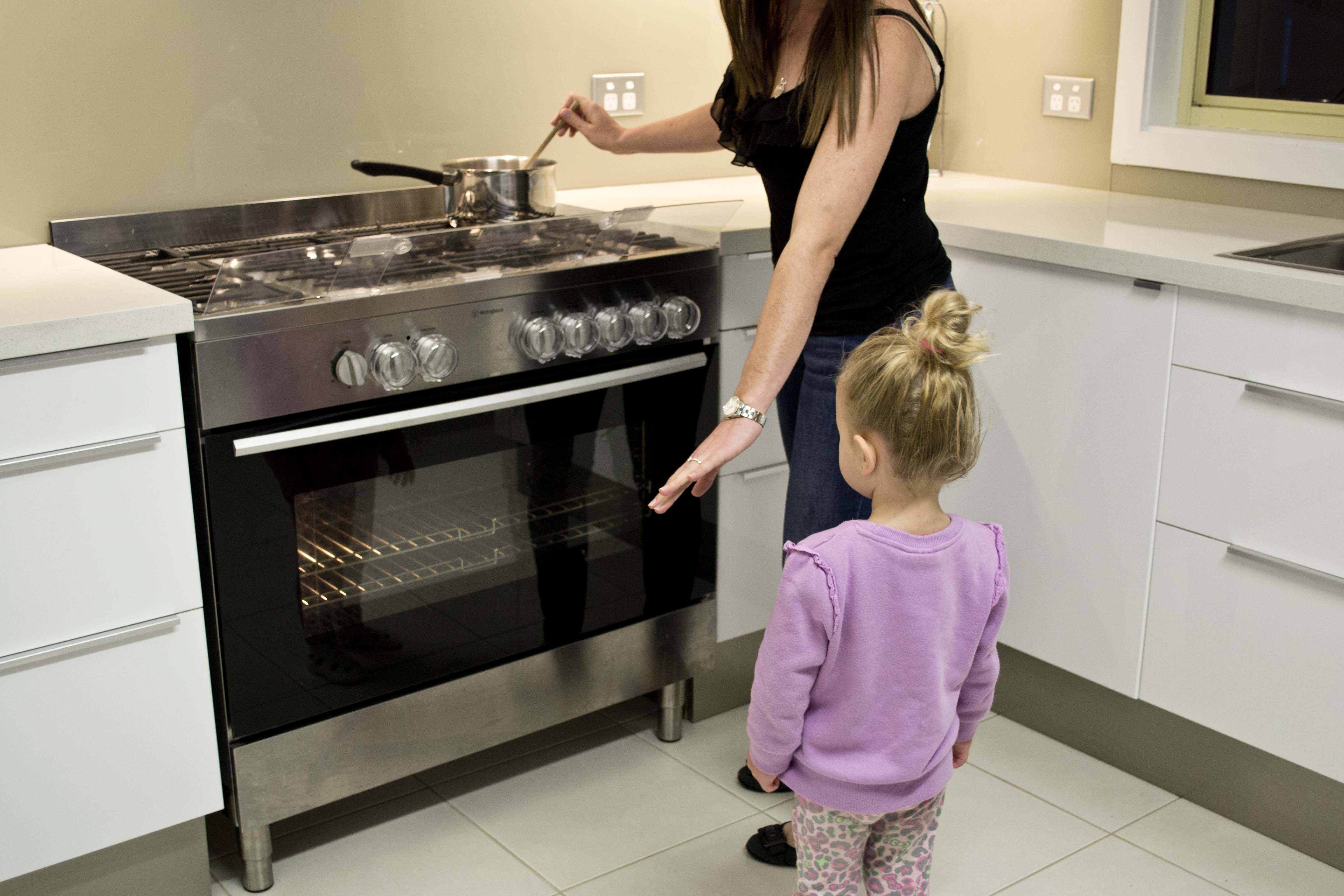











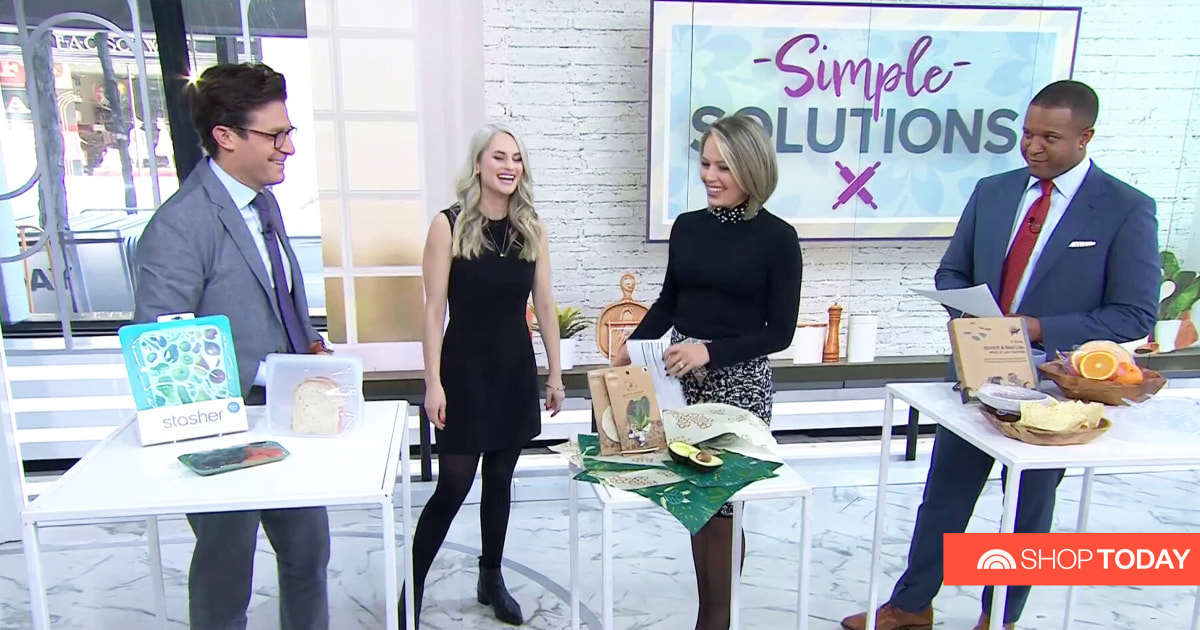















.JPG)

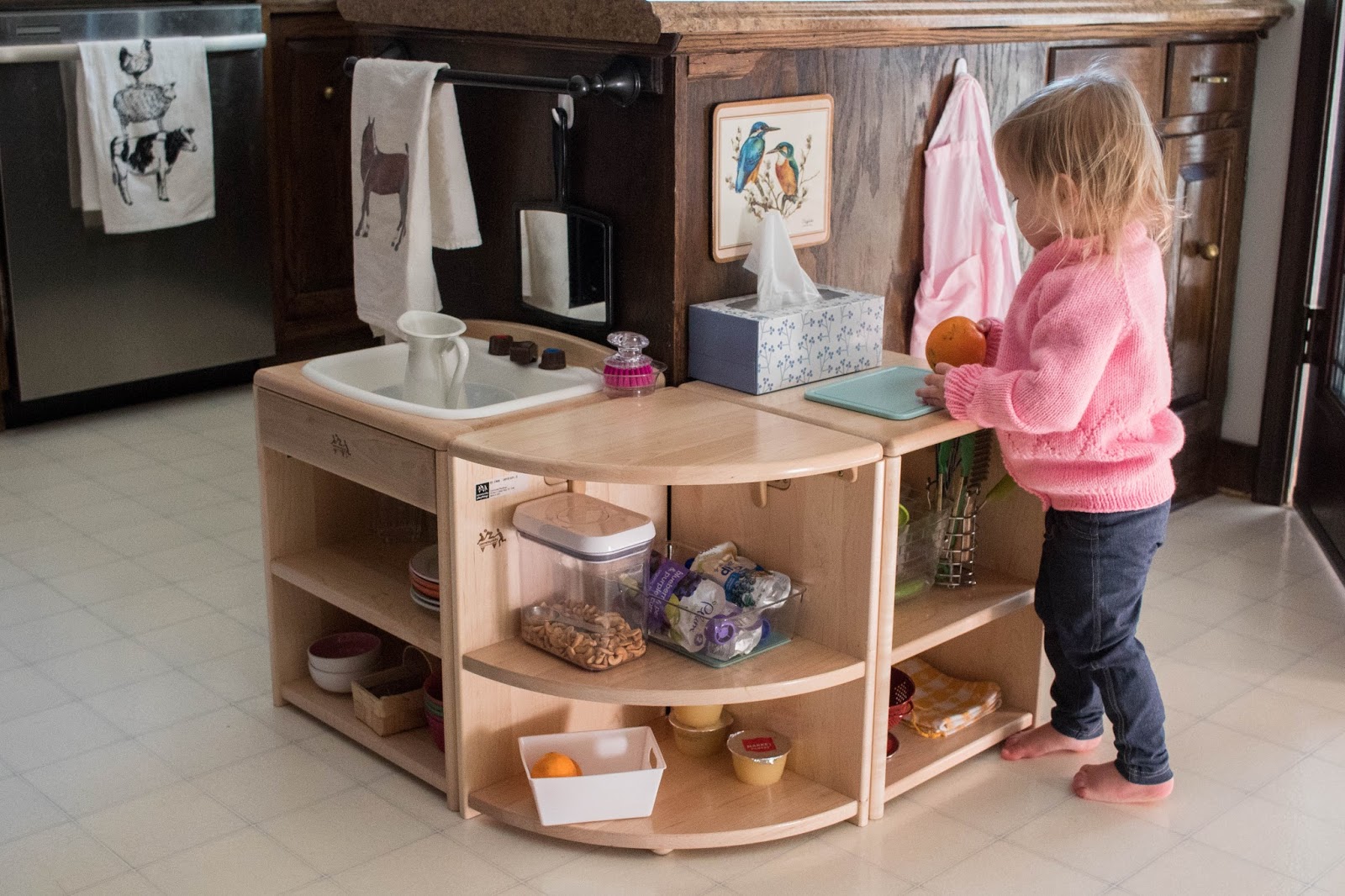

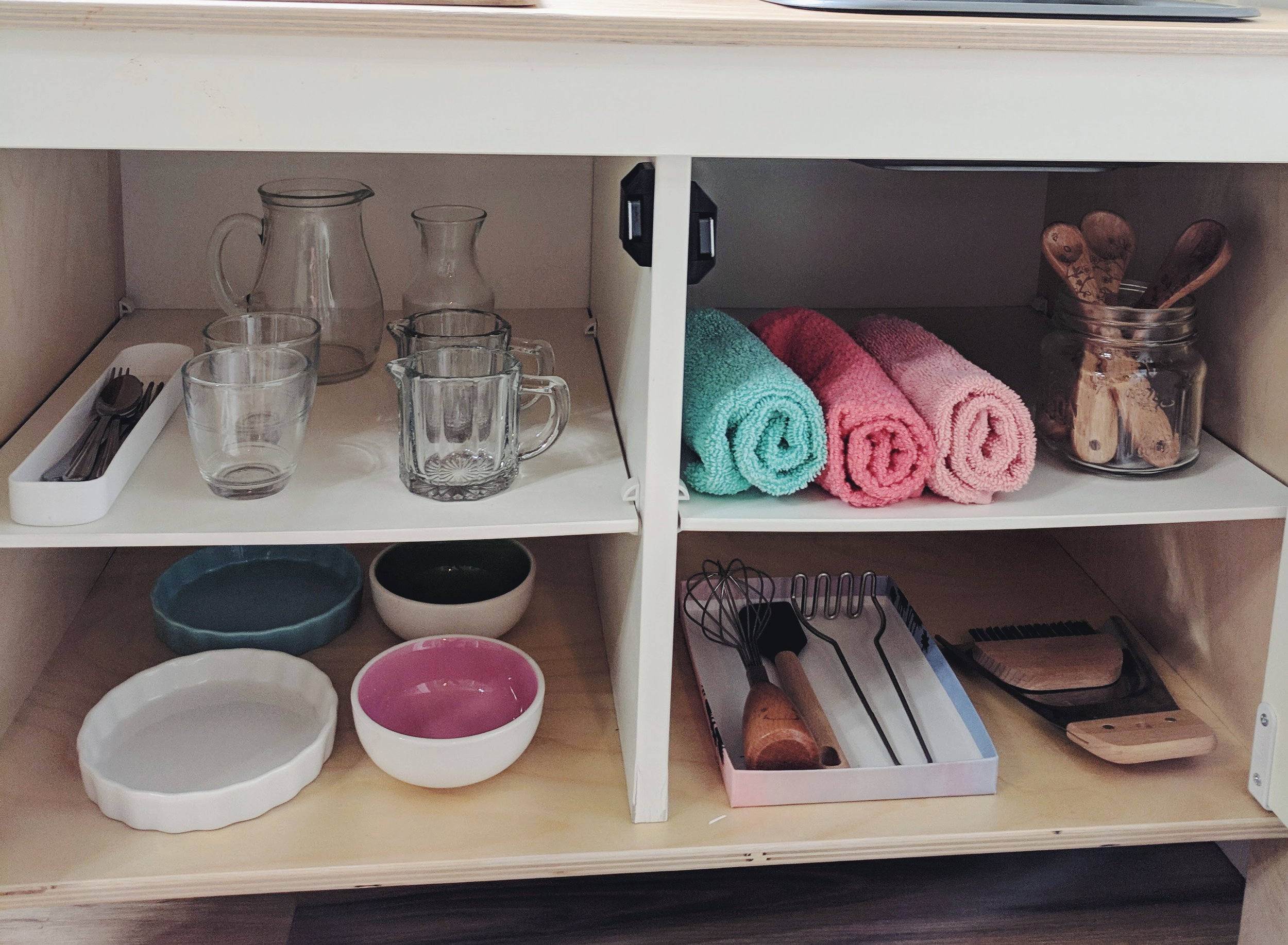









/child-proofing-3-toddler-exploring-kitchen-157373063-5963ded43df78cdc68bf2764.jpg)



















:max_bytes(150000):strip_icc()/shutterstock_1014730591-39a59870e2a14ffa9bff40367bb5d289.jpg)
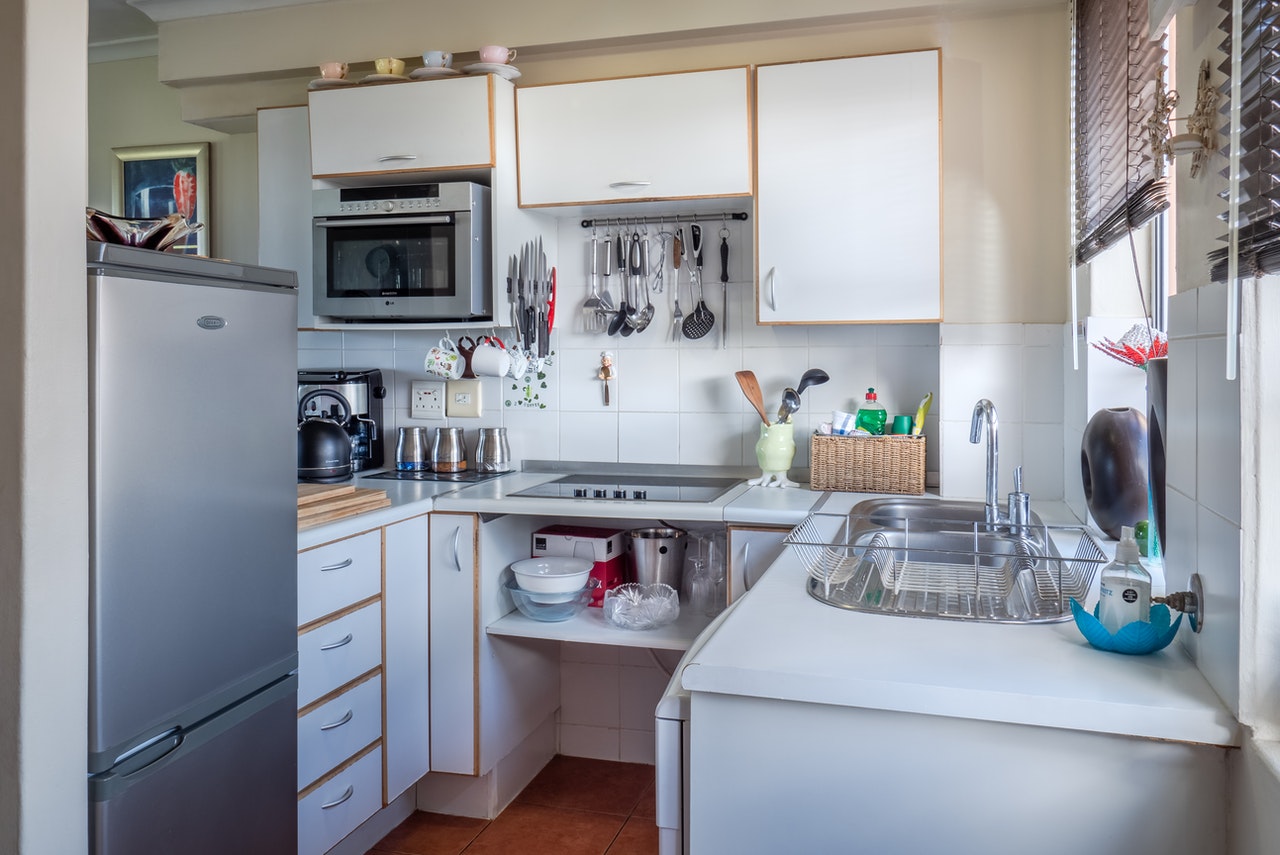








:max_bytes(150000):strip_icc()/LindyeGallowayStudioShop_creditChadMellon_1-2a204ff2c22b46f8bbeb6731af3b26c02-1ffd6193b14d4cc7b7a3cd539ab6f52e.jpg)




